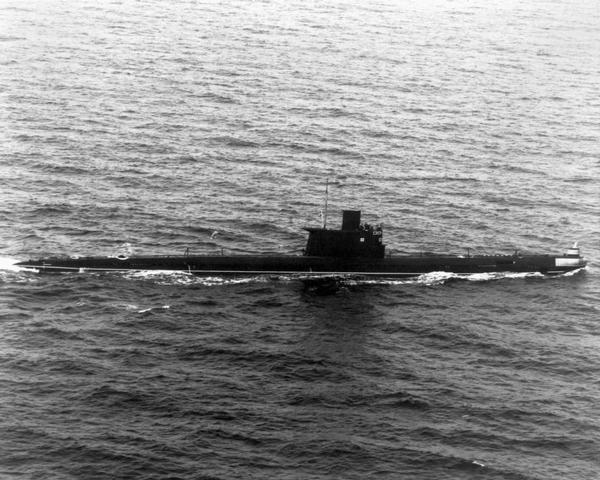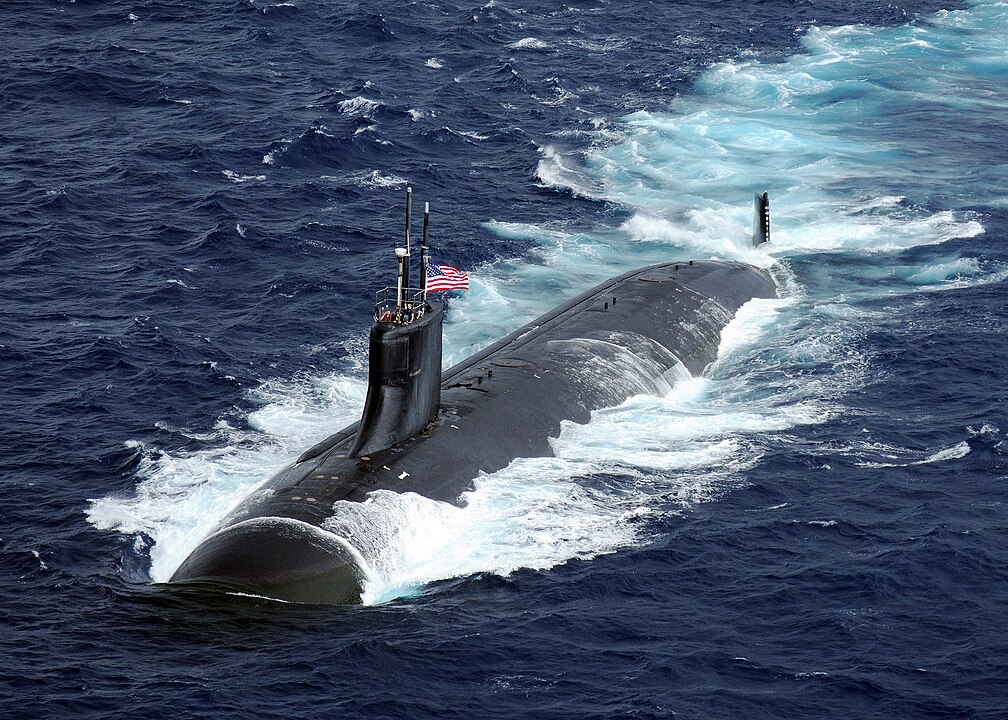
The U.S. Navy’s strategic initiative to substantially enhance the lethality of its Virginia-class submarines is a testament to the ever-evolving landscape of modern undersea warfare.

By incorporating the Virginia Payload Module (VPM), these submarines are not only expanding their missile capacity but also preparing to wield advanced technologies, including hypersonic weapons and unmanned systems.

The keel-laying of the USS Arizona at General Dynamics Electric Boat’s Quonset Point Facility in North Kingstown, Rhode Island, in December, marked a significant milestone.

The USS Arizona will be the first Virginia-class fast attack submarine endowed with the VPM, a game-changing hull section that bestows the fleet with multifaceted capabilities.

“Building, operating, and maintaining Arizona and other Virginia-class subs is crucial to ensuring the Navy’s ability to project power in an ever-shifting global threat environment,” said Rear Adm. Jonathan Rucker.

As the Navy transits from Block 4 to Block 5 and beyond, the introduction of VPM on the second sub of Block 5, Arizona, stands out.

Four additional large-diameter payload tubes make up the VPM, which can carry seven Tomahawk missiles each, adding 28 missiles to the submarine’s arsenal.

This capacity is poised to fill the void left by the retiring Ohio-class guided-missile submarines (SSGNs) between FY2026-FY2028.

Bryan Clark, a senior fellow at the Hudson Institute, emphasized the importance of compensating for the impending loss of missile capacity with Virginia-class Block 5 and 6 vessels. Hypersonic weapon integration is a critical aspect of future Virginia-class capabilities.

Already a priority for the Defense Department, the Navy’s Conventional Prompt Strike program and the Army’s Long Range Hypersonic Weapon program conducted successful tests in October, charting the path for hypersonic armaments onboard Virginia-class submarines.

Clark highlighted the strategic advantage of these platforms in deploying hypersonic weapons without relying on host nation support.

The VPM’s versatility doesn’t stop at missiles; it also reconstitutes the capacity for dry deck shelters to support special operations forces and houses multiple ocean interfaces for deploying advanced payloads.

This includes unmanned underwater vehicles (UUVs), which, despite the challenge of deploying from the top of the submarines, offer potential for undersea warfare missions.

The Navy is already planning to incorporate a torpedo tube-launched variant of the Razorback UUV and Submarine Launched Unmanned Aerial System.

The Navy has awarded contracts to BAE Systems and BWX Technologies for the production of the launch tubes, ensuring that the infrastructure for the VPM’s construction is progressively becoming more efficient.

